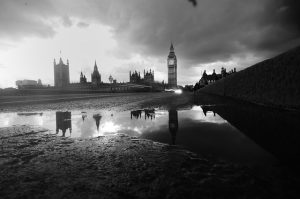 Why Was Big Ben Built?
Why Was Big Ben Built?
On 1834, when the Westminster Palace was burnt, the parliament officials decided that a tower with bells and clock be included in a new building which is to be built. Charles Barry was contacted to construct the new parliament hall. Several specifications unique to the said clock were lengthily discussed, with many of the lawmen opposing. Contractors found the criteria very demanding, since it stipulated that the clock’s time be accurate throughout the day. A few of the clockmakers gave in and tried. The weather and the tower’s height proved as a challenge to the design. Famed and celebrated worldwide for providing almost-perfect time, this clock first operated on the 7th day of September of 1859.
Then bells had to be built, the heaviest and largest casted during that time. The transport of the enormous bells from the place where it was manufactured to the parliament building was a very central event. These bells first rang all over London on the 31st of March 1859, when the parliament held a session on deciding for the most appropriate term to identify of this Clock Tower. After just a couple of months after its maiden operation, the bells cracked. Several speculations were brought up and after the hammer was replaced with one that is not as heavy, they rotated the bell to show the side with no crack.
It was a usual misconception that this Big Ben is the gigantic clock which is on the tower, but on the other hand, it is actually the 14-ton bell. There were numerous theories on where the tower’s name was derived from. And then on, it was used to broadcast to the whole on London the start of the New Year in England. The peal of these bells is also being aired by the BBC marking the anniversary of war’s end. This Clock Tower known all over the world as the Big Ben became a remarkably legendary icon for the British Parliament, it attracted many visiting travelers.

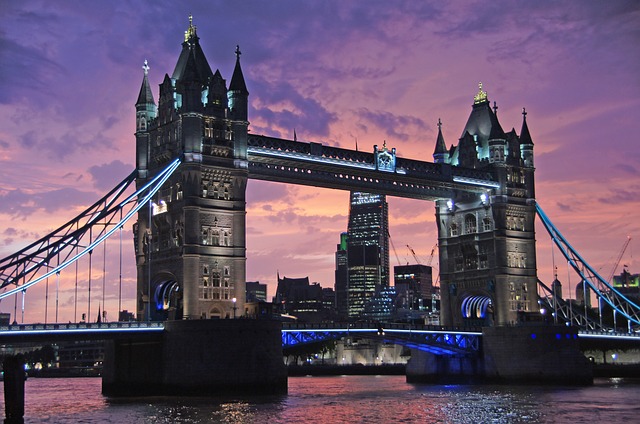
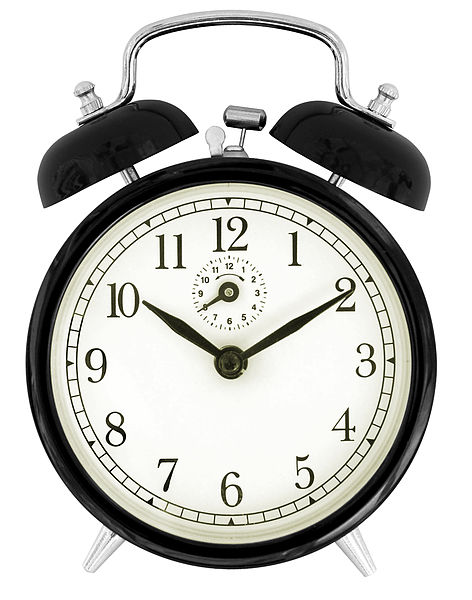

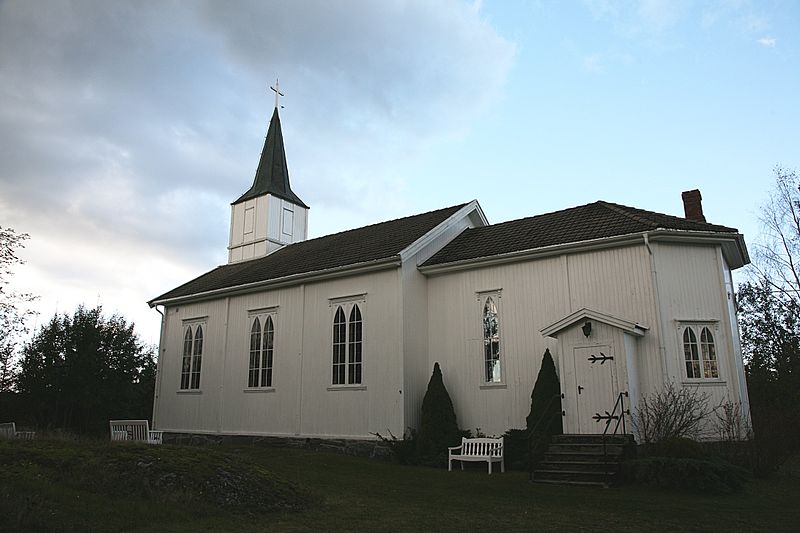
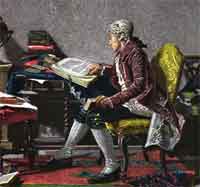
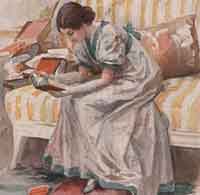






December 9, 2013 11:11 am
need to know maureens full nam because i am using this page as a source for my research project
December 9, 2013 11:11 am
name**